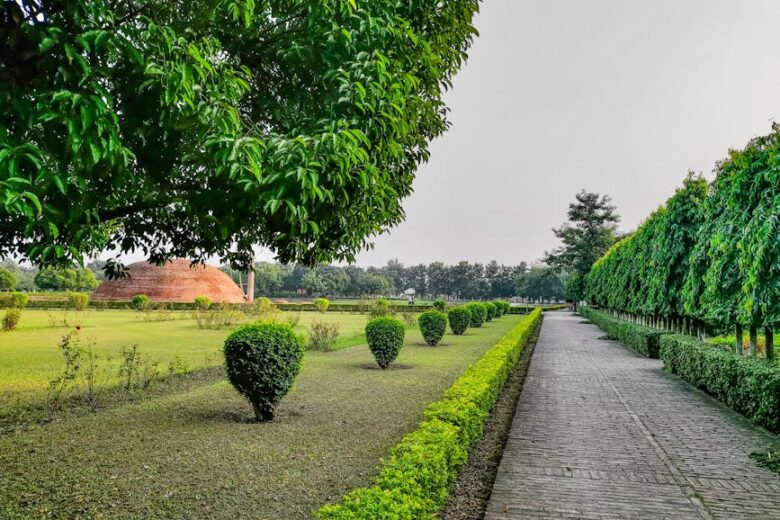Choosing the Perfect UFO Photography Equipment for Your Needs
Have you ever gazed up at the night sky and wondered if there’s something—or someone—out there? If you’ve ever dreamt of capturing that elusive UFO on camera, you’re not alone. UFO photography is a fascinating hobby that combines a passion for the unknown with the art of photography. But how do you choose the right equipment to help you get that perfect shot? In this blog post, we’ll explore the essentials of UFO photography equipment, helping you find the perfect gear to suit your needs and capture those unforgettable moments in the sky. 🌌📷
Table of Contents
1. Understanding UFO Photography
2. Choosing the Right Camera
3. Essential Lenses for UFO Photography
4. Tripods: Stability and Precision
5. Accessories to Enhance Your Shots
6. Conclusion
7. FAQs
Understanding UFO Photography
Before diving into the gear, it’s crucial to understand what makes UFO photography unique. Unlike traditional photography, capturing UFOs requires quick reflexes, a good understanding of your equipment, and often, a bit of luck. The objects you’re trying to photograph are usually fast-moving and appear without warning, so being prepared is key.
UFO photography is not just about snapping pictures of the sky hoping for the best. It involves patience, skill, and the right equipment to improve your chances of capturing that anomalous object. Let’s delve into the equipment that can transform your UFO photography experience.
Choosing the Right Camera
The camera is the heart of any photography setup, and this is especially true for UFO photography. When choosing a camera, consider factors like sensor size, low-light performance, and burst shooting capabilities.
DSLR or Mirrorless? Both DSLR and mirrorless cameras are excellent choices, but they come with their pros and cons. DSLRs, like the Canon EOS 90D or Nikon D7500, offer great battery life and a wide range of lenses. On the other hand, mirrorless cameras, such as the Sony Alpha a6400 or Fujifilm X-T4, are lighter and often have better autofocus systems.
Low-Light Performance Since UFO sightings often occur at night, a camera with good low-light performance is essential. Look for cameras with a higher ISO range and larger sensors, which help capture more light and detail.
Essential Lenses for UFO Photography
Just as important as the camera body are the lenses you attach to it. The right lens can make the difference between a blurry mess and a clear, detailed shot.
Wide-Angle Lenses A wide-angle lens, like a 24mm or 35mm, is perfect for capturing a broad view of the sky. These lenses allow you to include more of the scene in your shot, which is helpful when trying to track fast-moving objects.
Telephoto Lenses For more detailed shots of objects further away, a telephoto lens is invaluable. Lenses such as a 70-200mm or even a 300mm can help you zoom in on distant UFOs without losing image quality.
Tripods: Stability and Precision
When photographing UFOs, stability is crucial. A sturdy tripod ensures that your camera remains steady, especially during long exposure shots in low light.
Choosing the Right Tripod Look for a tripod that is both sturdy and lightweight, making it easy to carry but stable enough to withstand wind or slight movements. Carbon fiber tripods are a popular choice due to their durability and lightweight nature.
Accessories to Enhance Your Shots
Beyond the basic camera and lenses, several accessories can significantly enhance your UFO photography experience.
Remote Shutter Release This handy tool allows you to take photos without physically touching the camera, reducing the risk of blur from camera shake.
Extra Batteries and Memory Cards UFO photography can be unpredictable, and you don’t want to miss a shot because you ran out of battery or memory. Always carry spares with you.
Star Trackers For those who are serious about capturing the night sky, a star tracker can be a game-changer. These devices compensate for the Earth’s rotation, allowing you to take long exposures without star trails.
Conclusion
Embarking on a journey in UFO photography is both exciting and challenging. By equipping yourself with the right tools, you increase your chances of capturing those mysterious objects in the sky. Remember, while the equipment is important, patience, practice, and a bit of luck play significant roles in successful UFO photography. So, keep your eyes on the skies and your camera ready—you never know when the next sighting might occur. 🚀
FAQs
Q: Can I use a smartphone for UFO photography?
A: While smartphones have impressive cameras, they often lack the zoom capabilities and low-light performance of dedicated cameras. They can be a good starting point, but investing in a proper camera setup is recommended for serious UFO photography.
Q: What settings should I use for UFO photography?
A: Settings can vary depending on the situation, but generally, a high ISO and a fast shutter speed are beneficial for capturing fast-moving objects. Experimentation is key to finding the perfect settings for your needs.
Q: Is a drone useful for UFO photography?
A: Drones can provide a unique perspective and are excellent for capturing the sky from different angles. However, they might not be suitable for all UFO photography situations due to flight restrictions and battery limitations.
Equipped with the knowledge and the right gear, you’re now ready to venture into the captivating world of UFO photography. Happy skywatching! 🌠
Looking for a side hustle
Check out one of the best around atm
